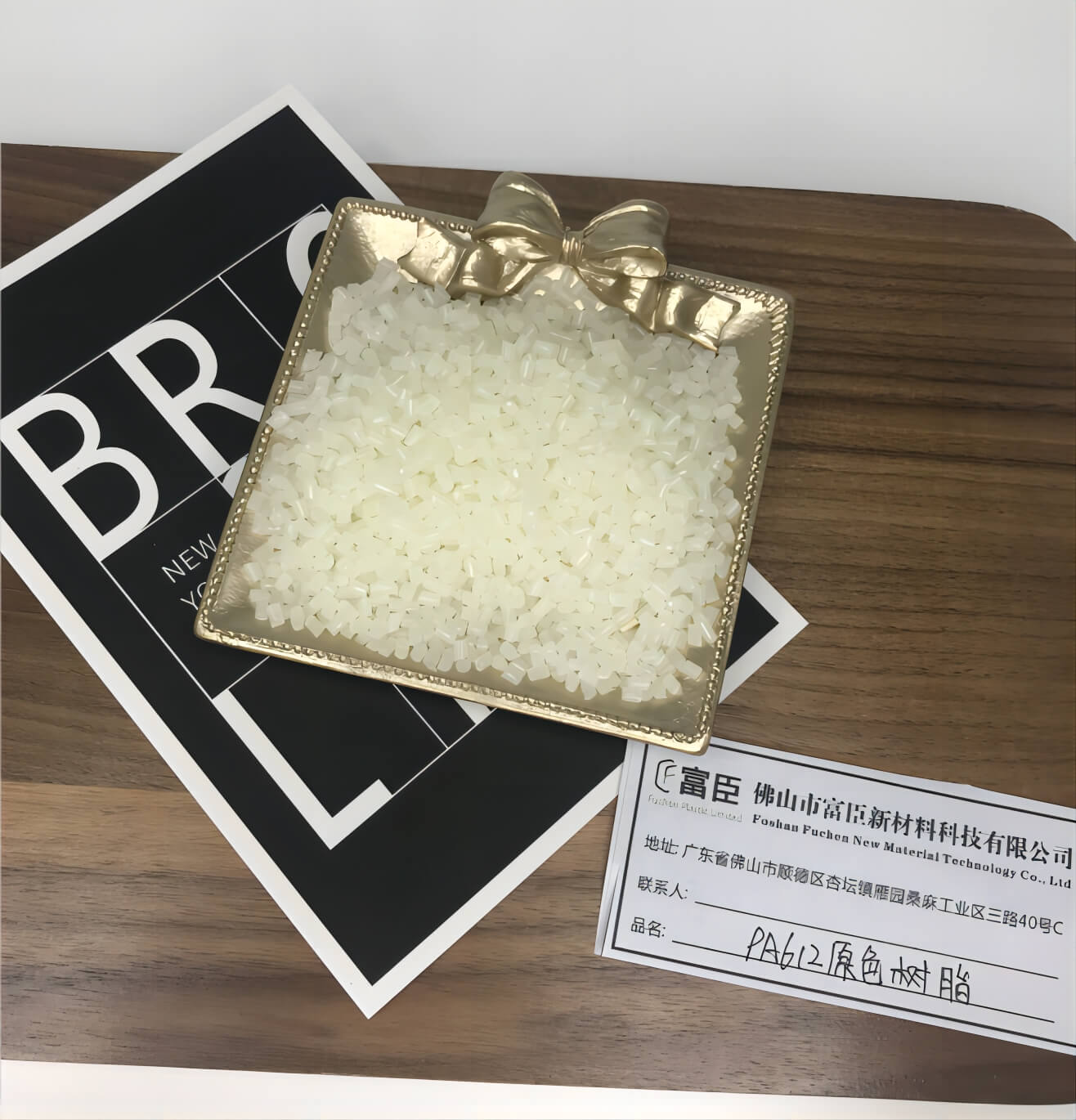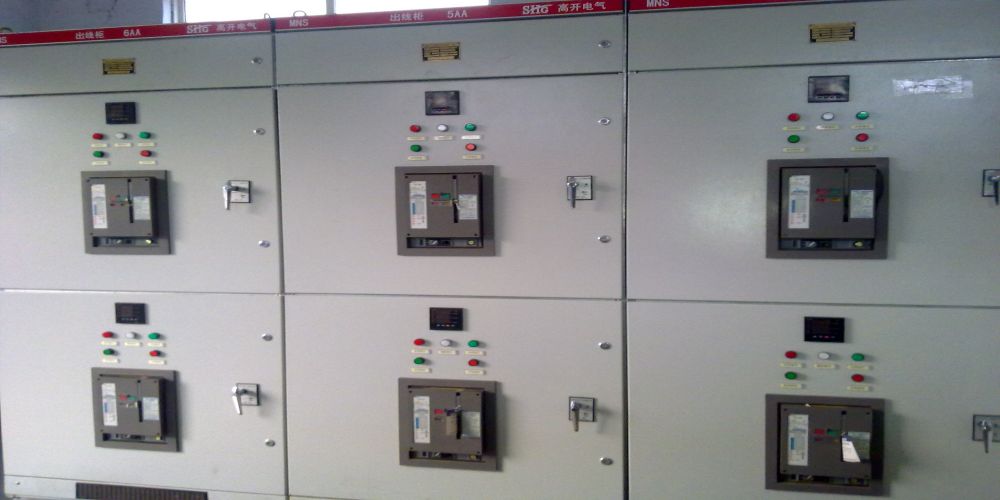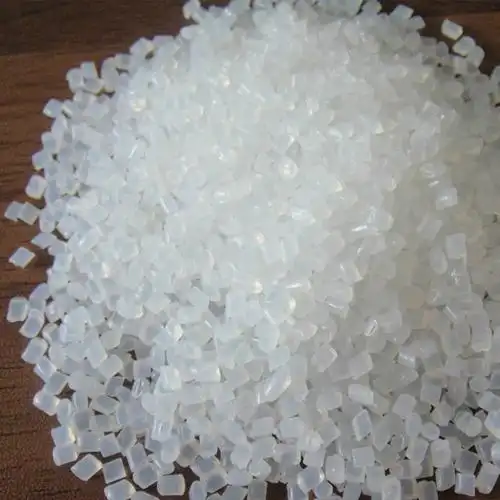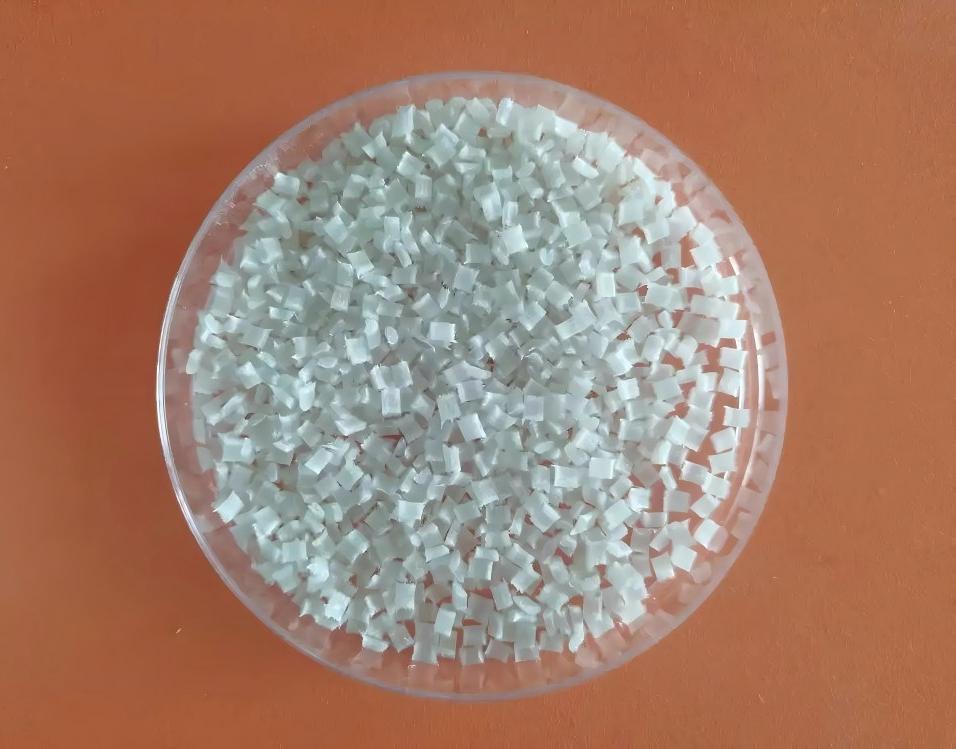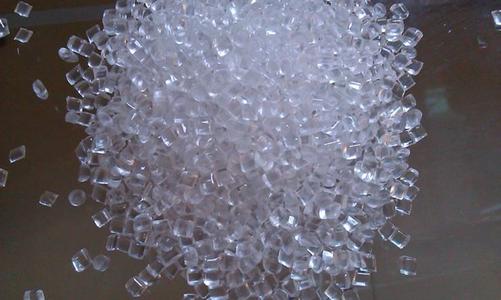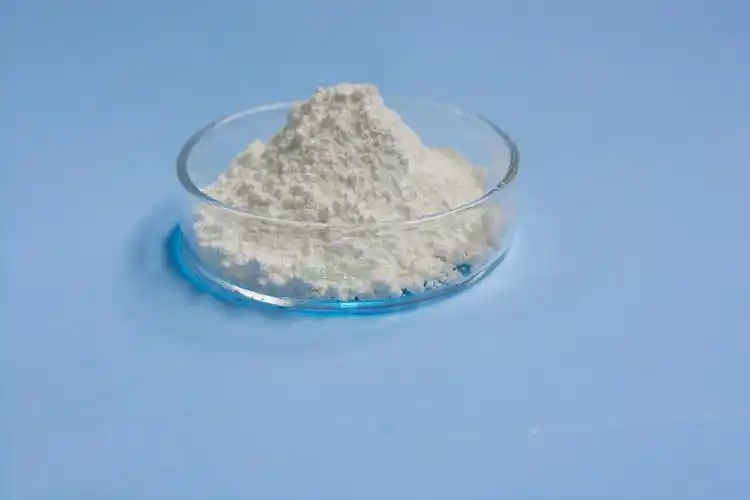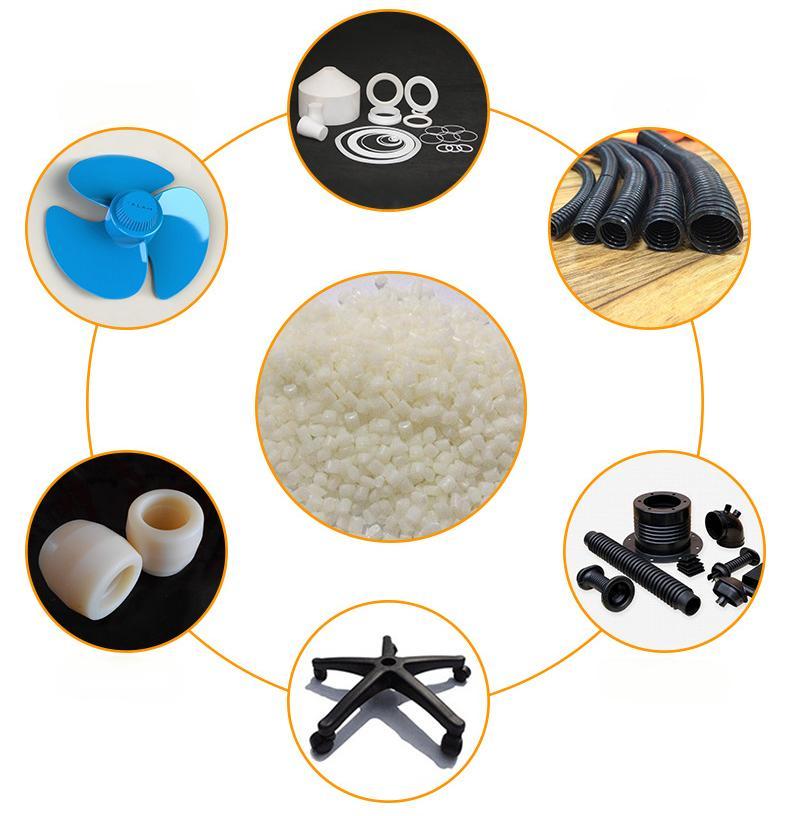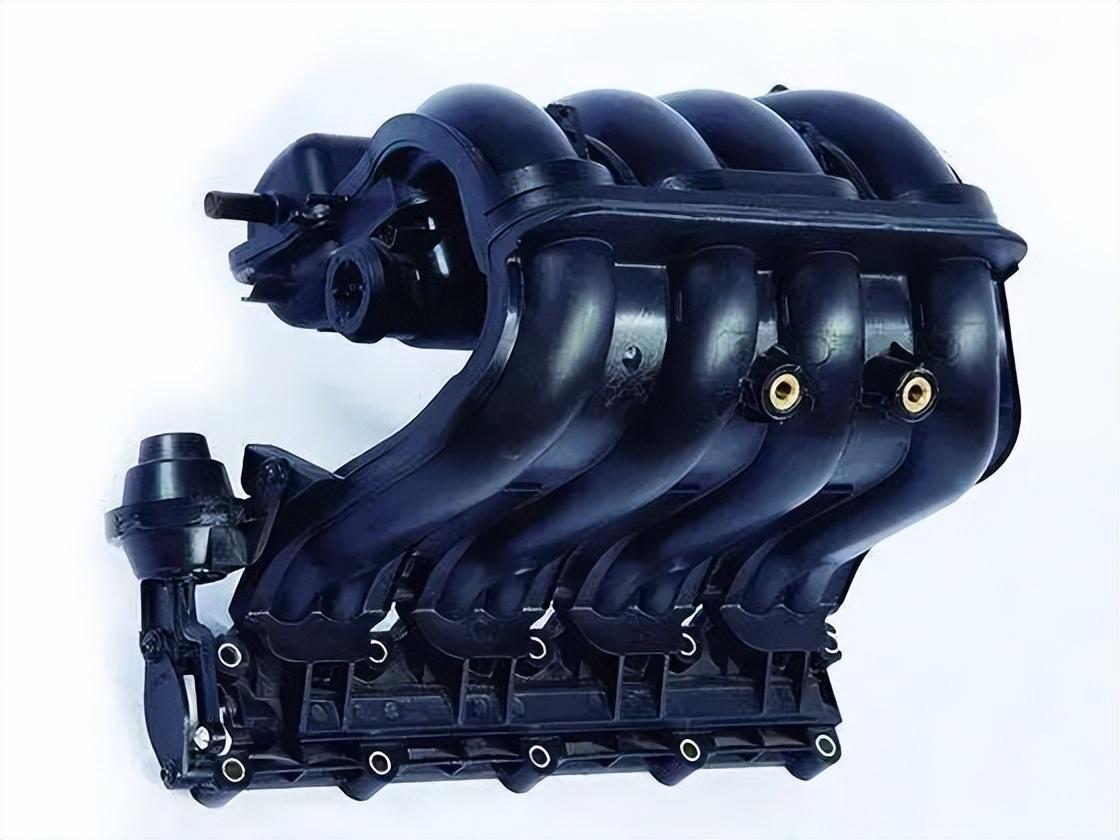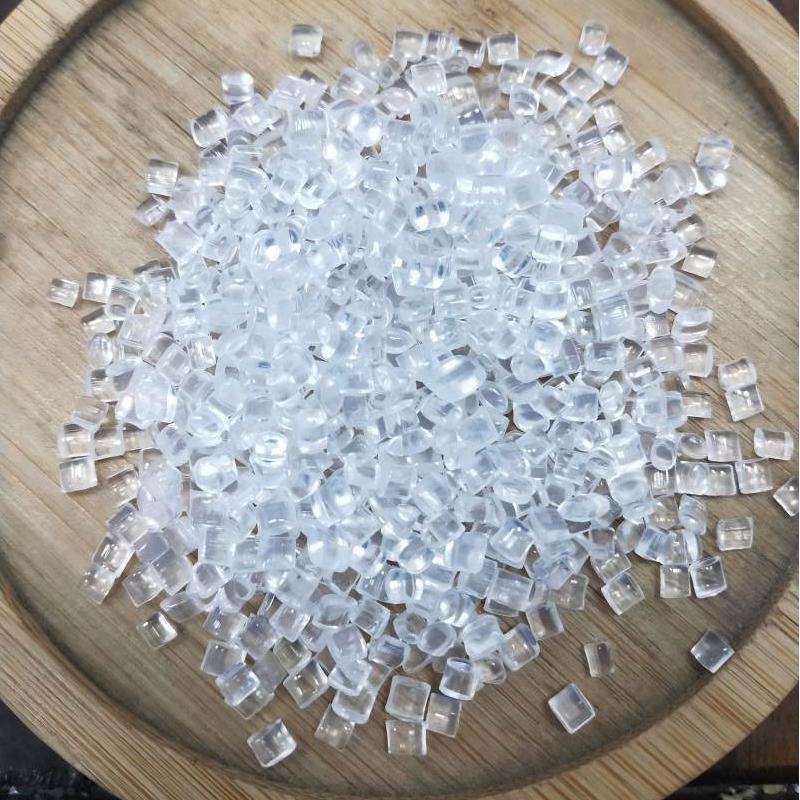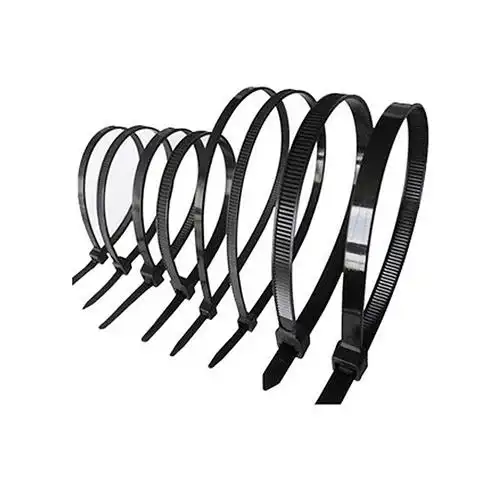PA612 Natural resin is a premium nylon resin prized for its outstanding combination of strength, stiffness, and thermal stability. This translates to excellent performance in challenging environments. Often supplied in natural color pellets, PA612 resin is a popular choice for demanding applications across various industries.
Compared to standard nylons, PA612 boasts superior mechanical properties. It offers significantly higher tensile strength and modulus, meaning it can withstand greater forces without breaking or deforming. Additionally, PA612 exhibits exceptional heat resistance, allowing it to function effectively at elevated temperatures that would cause other plastics to warp or lose integrity.
The natural color of PA612 resin makes it a versatile choice for parts that require a neutral aesthetic or those intended for further dyeing or pigmentation. This resin is typically processed using injection molding, a technique well-suited for producing complex, high-precision components.
Overall, PA612 Natural resin stands out as a high-performance material for applications demanding exceptional durability, dimensional stability, and heat tolerance.
Processing
Injection Molding, Film Extrusion, Profile Extrusion, Sheet Extrusion, Other Extrusion, Coating, Casting
